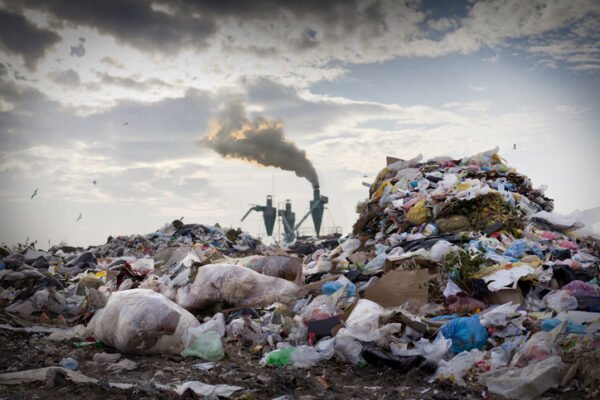This article first appeared in our Earth Day 2022 issue of My Green Pod Magazine, printed on 22 April 2022. Click here to subscribe to our digital edition and get each issue delivered straight to your inbox
Try this: put on some rubber gloves, fill a bowl with warm water and dissolve a dishwasher tablet in it. You will notice a distinct lack of bubbles.
Dishwasher tablets get cutlery, crockery, pots and pans spotless – all without the aid of bubbles.
In fact, bubbly detergents would actually make dishwashers and washing machines less effective, by reducing the very mechanical agitation that gets things clean.
At this point you might well be asking why, if bubbles are surplus to cleaning requirements, washing-up liquid produces a sink full of them.
It’s all down to the assumptions we make about the products that get us – and our belongings – clean, and advertising plays an important role in those expectations.
Why are bubbles there?
Writing in the Handbook of Detergents part A, Germaine Zocchi, Colgate-Palmolive Research and Development Inc., states that foam has ‘a clearly aesthetic utility in many detergents and personal care products’ – and acknowledges that it ‘may not add much to the overall effectiveness of the product’.
Germaine goes on to state that consumers interpret the production of foam – from the speed to the volume – as an important sign that a product is working; conversely, when bubbles disappear that’s a psychological trigger that a product’s cleaning potential has been exhausted.
A whole industry has been constructed to ensure bubbles form, pop, flocculate and coalesce with precision; the goal is to create cleaning products with ‘foam profiles’ that meet our expectations around how effective products should behave when we use them.
We want a copious, dense and luxurious foam from our shampoo and a ‘flash foam’ from soap and body wash. On the other hand a foamy surface cleaner would be a nuisance, a frothy mouth wash would be a disaster and bubbly residues have no place on dishes.
Money down the drain?
Getting the foam profile right creates an important – yet unsupported – impression of cleaning efficacy, product quality and reassurance that the product is working.
You might conclude the bubble industry is literally pouring money down the drain, which in itself isn’t a bad thing. But as well as being pointless, bubbles have a dark side that should make us think twice about how we use the products that create them – and whether we should use them at all.
The role of surfactants
You might have noticed two different surfactants – anionic and non-ionic – mentioned on the side of your detergent bottle, usually in (or close to) the ingredients section.
Many of us know that a lower level of surfactant is preferable, but we don’t hear much talk about why that is.
The non-ionic surfactant is a specialist at removing fat, oil and grease. Essentially it breaks down the interface between the soiling and the water, helping to dissolve and remove the dirt.
This surfactant is usually ‘low foaming’ or ‘non foaming’, and is less soluble than its anionic cousin in warm water. In fact, non-ionic surfactants perform better in cold water, but that’s not how we’ve been trained to wash dishes.
The anionic surfactant’s job is to stick to dirt particles, lift them from a surface and then hold them in suspension in the water. It’s this surfactant that creates the bubbles.
Most detergent manufacturers use both types of surfactant in their products, but invariably a larger ratio of the anionic because of the perceived (but unproven) link between bubble quantity and cleaning prowess.
 Play Video about This Rock Might Just Save The World
Play Video about This Rock Might Just Save The World Play Video about Play 2 hours of rock
Play Video about Play 2 hours of rock Play Video about Play 2 hours of brook
Play Video about Play 2 hours of brook Play Video about Play 2 hours of sheep
Play Video about Play 2 hours of sheep











































